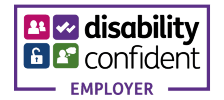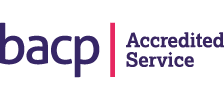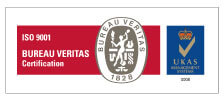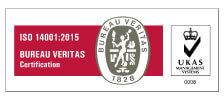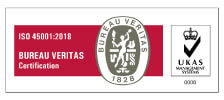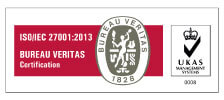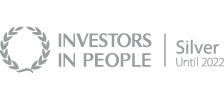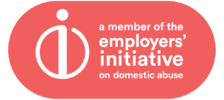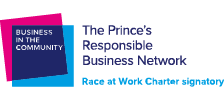Confidential and compassionate counselling
Looking for a way to balance the pressures of work and home life better? Want to access caring support so you can give your best in life?
Health Assured’s counselling service will give you a professional counsellor to talk to. Your chance to share your problems and to be guided to work through them.
How counselling works
It's easy to arrange appointments at the best possible time and place. We have an in-house team of expert counsellors and advisors, and a vast network of active counsellors across the UK.
We understand that there are times when people can't or don't want to speak in-person with a counsellor, so as well as face-to-face counselling Health Assured offers a range of flexible options:
- Telephone counselling: structured sessions at an agreed time.
- Secure chat & email counselling: for those who prefer to write.
- 24/7, 365 days per year
Counselling for your employees with an EAP
Our Employee Assistance Programme provides employee counselling and supports your staff with their mental health in the workplace and in life.
We can help you create a safe, productive workspace that supports all.
We support employees professional or personal lives with our 24-hour helpline.




